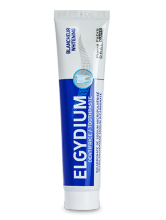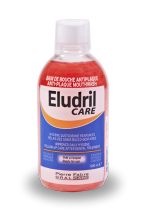How can you tell if you have dental plaque?
Dental plaque-disclosing agents
Dental plaque-disclosing dyes are available in liquid or solid form (chewable tablets). They are sold in pharmacies and contain plant-based dyes that stain dental plaque to make it visible.
Most often these dyes are red in colour. Some of these react differently according to the age of the plaque: red for new plaque (unsolidified), blue for old plaque, for example.
How are dental plaque-disclosing products used?
After brushing your teeth and rinsing, swish the dye all around the mouth for about thirty seconds, then spit it out. All you then have to do is simply check in the mirror to see the areas that have been stained. This is where the dental plaque has resisted brushing, most commonly on the teeth at the back of the mouth (the molars).
When should dental plaque-disclosing products be used?
It is helpful to use these dental plaque-disclosing agents from time to time, to check your brushing technique. Alternatively, you can use them when you change toothbrush or toothpaste.
They are particularly useful to help children improve the way they brush their teeth. It is also a fun way to show them that their efforts are not in vain, and motivate them to look after their teeth on a daily basis.

